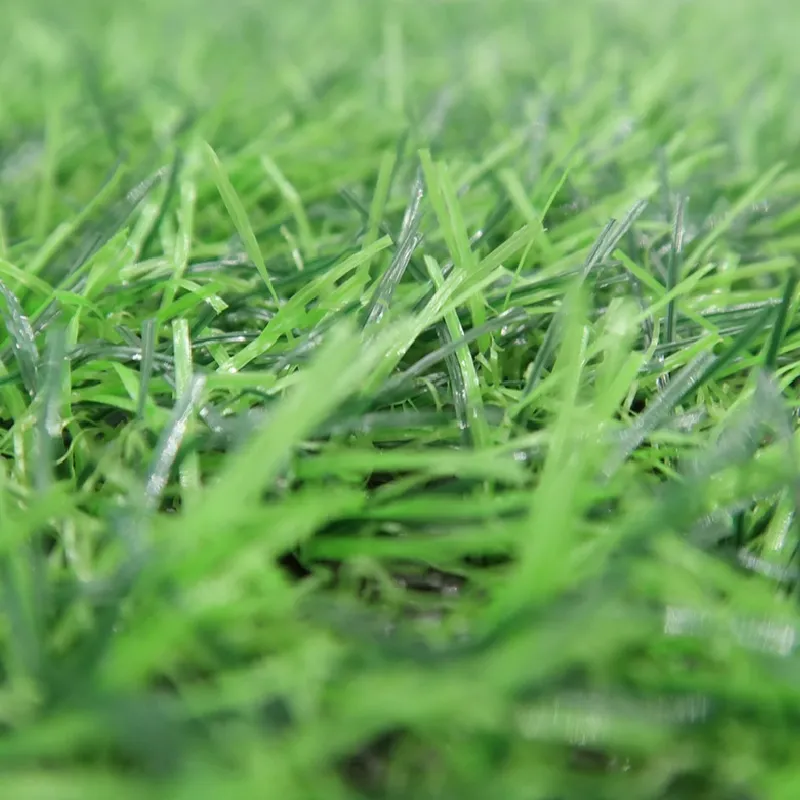
- Afrikaans
- Arabic
- Belarusian
- Bengali
- Czech
- Danish
- Dutch
- English
- Esperanto
- Estonian
- Finnish
- French
- German
- Greek
- Hindi
- Hungarian
- Icelandic
- Indonesian
- irish
- Italian
- Japanese
- kazakh
- Rwandese
- Korean
- Kyrgyz
- Lao
- Latin
- Latvian
- Malay
- Mongolian
- Myanmar
- Norwegian
- Persian
- Polish
- Portuguese
- Romanian
- Russian
- Serbian
- Spanish
- Swedish
- Tagalog
- Tajik
- Thai
- Turkish
- Turkmen
- Ukrainian
- Urdu
- Uighur
- Uzbek
- Vietnamese
polyethylene turf
Oct . 06, 2024 22:21 Back to list
The Rise of Polyethylene Turf A Sustainable Choice for Modern Sports and Leisure
In recent years, the popularity of synthetic turf has surged, primarily due to advancements in materials and technology. Among various types of synthetic grass, polyethylene turf stands out as a game-changer, providing numerous advantages for sports fields, playgrounds, and residential landscaping. This article explores the benefits, applications, and sustainability of polyethylene turf, highlighting why it has become the preferred choice for many.
Polyethylene turf, composed of polyethylene fibers, is distinguished from its counterparts—such as polypropylene and nylon—by its remarkable resilience and durability. The softness and pliability of polyethylene fibers mimic natural grass, making it an ideal surface for various sports, including soccer, football, and golf. Athletes benefit from the consistent playing surface that polyethylene turf provides, which enhances performance, reduces injuries, and offers a reliable alternative to natural grass.
One of the most significant advantages of polyethylene turf is its low maintenance cost. Unlike natural grass, which requires regular mowing, watering, fertilizing, and pest control, polyethylene turf requires minimal upkeep. This not only translates to reduced labor costs for sports facilities and schools but also conserves water—an essential factor in regions experiencing drought or water shortages. With polyethylene turf, facility managers can maintain a lush, green appearance year-round, regardless of weather conditions.
Environmental considerations are crucial when evaluating materials for landscaping and sports surfaces. Polyethylene turf is increasingly recognized for its sustainable attributes. Many manufacturers produce polyethylene fibers using recycled materials, contributing to a circular economy and reducing plastic waste. Moreover, the longevity of polyethylene turf—often lasting 15-20 years—means less frequent replacement compared to natural grass, further minimizing environmental impact.
polyethylene turf

The use of polyethylene turf also addresses the challenges associated with traditional grass fields. Issues such as uneven surfaces, mud, and bare patches are eradicated, leading to safer and more enjoyable playing conditions. By creating a controlled environment, polyethylene turf reduces the risk of injuries caused by slippery surfaces. For children at playgrounds, this aspect is critical, as safety is a top priority for parents and guardians.
Another consideration is the aesthetic benefits that polyethylene turf brings to residential landscaping. Homeowners are increasingly choosing synthetic grass for their yards as it offers a vibrant, evergreen look without the hassle of traditional lawn care. Residential polyethylene turf is designed to withstand heavy foot traffic, making it a practical choice for families who desire functional outdoor spaces, such as backyards for kids or pet areas. Furthermore, the absence of chemicals, pesticides, and fertilizers typically used on natural lawns creates a healthier environment for children and pets.
The installation process for polyethylene turf has also become more efficient, thanks to advancements in technology and techniques. Professional installation ensures that the turf is laid properly to avoid problems such as drainage issues or seams becoming visible over time. Many service providers now offer warranties for their installations, emphasizing the quality and durability of polyethylene turf.
As communities and organizations strive to promote more sustainable practices, the shift towards polyethylene turf aligns with broader environmental goals. Parks, schools, and sports complexes that invest in this type of turf not only benefit from the immediate advantages of lower maintenance and enhanced usability but also contribute to a greener future by reducing water consumption and chemical usage.
In conclusion, polyethylene turf is transforming the landscape of sports surfaces and landscaping with its myriad benefits. From providing a safe, durable, and aesthetically pleasing alternative to natural grass to conserving water and using recycled materials, polyethylene turf is an exemplary choice for the modern world. As we continue to recognize the importance of sustainability in all aspects of our lives, the rise of polyethylene turf represents a significant stride toward achieving a balance between functionality and environmental stewardship. Whether for professional sports or residential use, polyethylene turf is likely to remain a favored option for those looking to make a smart, sustainable investment.
-
The Benefits of Artificial Turf for Indoors
NewsJul.15,2025
-
How Artificial Grass Suppliers Ensure Quality Products
NewsJul.15,2025
-
Artificial Grass and Pets: A Space for Relaxation
NewsJul.08,2025
-
Balcony & Outdoor Decoration with Artificial Grass
NewsJul.08,2025
-
Best Indoor Artificial Grass for Home
NewsJul.07,2025
-
Best Pet Turf for Dogs: Safe & Durable Artificial Grass Options
NewsJul.07,2025
Products categories









